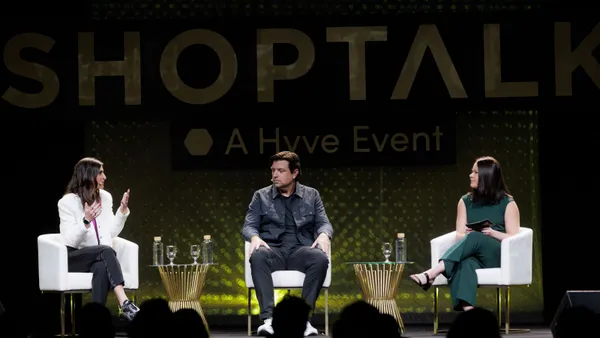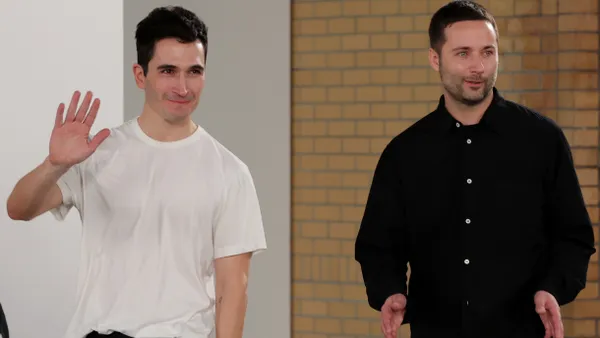Continuing a recent winning streak, Adidas on Tuesday announced preliminary third-quarter results, with revenue up 7% in the period to 6.4 billion euros ($7 billion at press time). Operating profit increased 46% to 598 million euros, including 50 million euros from the sale of the remaining Yeezy inventory.
Even without the impact of Yeezy, the sportswear giant performed well. Excluding Yeezy sales from both this year and last, currency-neutral revenue grew 14% in Q3, according to a company press release. Gross margin also increased 2 percentage points in the quarter, reaching 51.3%, and the company said that the underlying Adidas gross margin “was even stronger.”
Thanks to the strong results and “current brand momentum,” Adidas is once again raising its guidance. The athleticwear brand expects currency-neutral revenue in 2024 to grow at a rate of 10%, up from previous expectations for a high-single-digit increase, helped along by 50 million euros in Yeezy sales. Operating profit, which was already expected to hit 1 billion euros, is now projected to reach 1.2 billion euros, though the company noted there would be no more profit contributions from Yeezy.
The guidance assumes Adidas will sell the rest of its Yeezy inventory, on average, at cost.
The preliminary Q3 results are the latest sign that Adidas is recovering from the Yeezy saga, which has nearly hit the two-year mark since the brand first dropped Ye, also known as Kanye West. The end of the partnership hit Adidas hard in the near-term: For the full year 2023, sales were down nearly 5%, and the sportswear giant posted its first annual loss in more than 30 years. But the athleticwear brand was able to dodge an annual operating loss and much worse financial results thanks to its decision to sell off pieces of the Yeezy inventory over time.
This year, Adidas has seen sales increase and raised its guidance in every quarter so far, notching revenue growth of 3.5% in Q1 and an even stronger increase of 9% in Q2. Analysts have hailed momentum at the company in recent months, though the brand still lags far behind rival Nike in the key North America market. CEO Bjørn Gulden, who joined the retailer from Puma at the start of last year, is aware of the retailer’s challenges and unveiled a plan to win in the region in July.
Despite North America sales that fell 7% in Q2, Adidas saw growth of 2% in the underlying business, and Gulden said the company plans to address its shortcomings in the U.S. by creating product catered to the market and working more closely with U.S. athletes.
“You have to be more American to be successful in America. You have to be in the American sports,” Gulden said in July. “There is a clear, clear, clear plan for how to be more American in America and our product pipeline and our marketing activities are lined up to do that … We have tough competition in the U.S. from American brands, and we have to be better than what we have been before to be successful.”
Meanwhile, smaller sportswear rival Under Armour has been scooping up former Adidas executives to bolster its own ranks, including 25-year Adidas veteran Franck Denglos and Adidas’ former head of brand Eric Liedtke.












